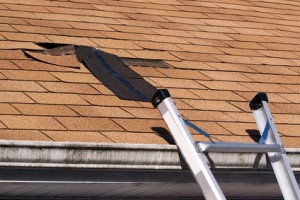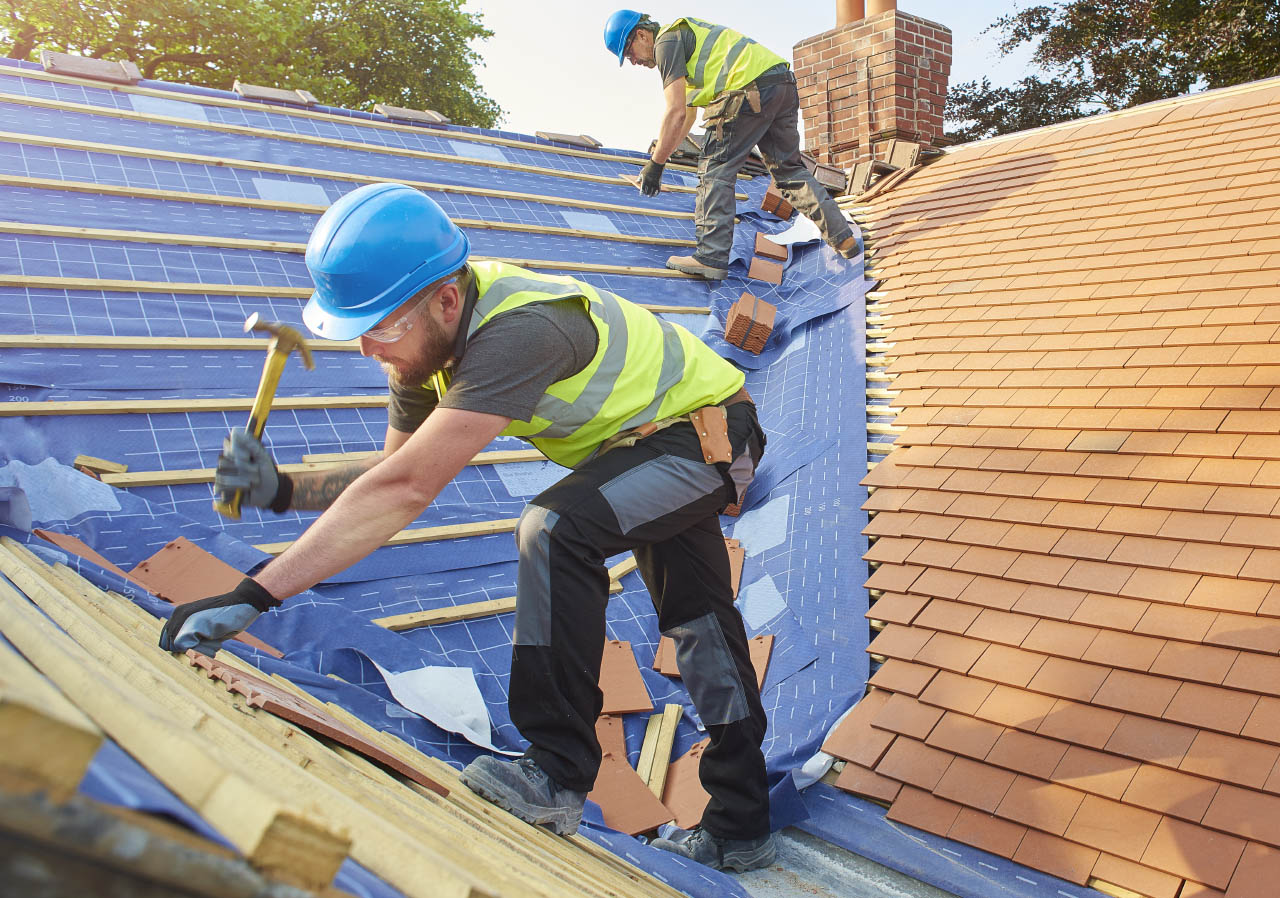Roofing Oahu: Quality Services for Resilient Roofs in Oahu
Recognizing the Different Types of Roof Coverings: A Comprehensive Guide for Homeowners
In the realm of homeownership, picking the ideal roofing style is a choice that carries considerable ramifications for both performance and visual allure. With an array of options-- ranging from the traditional gable to the modern flat-- each kind offers one-of-a-kind benefits and challenges that ought to straighten with the home owner's ecological factors to consider and particular needs. Recognizing these differences not only aids in making an educated option yet likewise affects long-lasting maintenance and power effectiveness. As we check out the ins and outs of numerous roofing system kinds, it ends up being apparent that a person dimension does not fit all; the best choice may stun you.
Saddleback Roof
Saddleback roofs, defined by their triangular shape, are amongst the most popular roofing styles because of their simplicity and efficiency in shedding water and snow. This layout features two sloping sides that satisfy at a ridge, enabling reliable drainage and minimizing the danger of water build-up. The steep pitch typically linked with saddleback roofs boosts their ability to take care of hefty precipitation, making them suitable for various climates.
Along with their useful advantages, saddleback roofs provide aesthetic flexibility. They can be adjusted to various architectural styles, from typical to modern-day homes. The layout can also accommodate added attributes such as dormer home windows, which boost natural light and ventilation in the attic room space.
Furthermore, gable roof coverings give ample room for insulation, contributing to energy effectiveness. Property owners can pick from a range of roofing materials, including asphalt shingles, metal, and tiles, further improving personalization choices.
Despite their benefits, gable roofings may need extra support in locations vulnerable to high winds or heavy snowfall. On the whole, the saddleback roof remains a preferred choice as a result of its blend of functionality, sturdiness, and aesthetic charm.
Flat Roofs
Level roofings are typically recognized for their minimal style and functional applications, particularly in industrial and industrial setups (oahu roofing). These roofings feature a virtually horizontal or horizontal surface, which enables very easy building and versatile area use. While they might lack the aesthetic allure of pitched roof coverings, level roofing systems offer many advantages, especially in metropolitan settings where maximizing room is important
Among the main advantages of flat roof coverings is their access. Home owners can utilize the roofing area for various purposes, such as roof gardens, terraces, or photovoltaic panel setups. In addition, level roofing systems are generally much more cost-efficient to preserve and mount compared to their sloped counterparts, as they need less products and labor.
However, flat roofing systems do present certain obstacles. Appropriate drainage is important to protect against water pooling, which can bring about leaks and structural damages. Thus, choosing top notch waterproofing materials and regular evaluations are essential for making certain long life. Typical products used for flat roofs include built-up roof (BUR), changed asphalt, and single-ply membranes, each offering distinct advantages. In general, level roof coverings serve as a practical and versatile choice for lots of home owners and services alike.
Hip Roofing Systems
Hip roofings are characterized by their sloped sides that merge on top, developing a ridge. This design is distinctive from gable roofs, as all four sides of a hip roofing slope downwards towards the wall surfaces, offering an extra steady structure. The angle of the inclines can vary, permitting for flexibility in building visual appeals and functionality.
One of the primary advantages of hip roofs is their capacity to endure hefty winds and adverse weather. The sloped surface areas enable far better water drain, decreasing the risk of leaks and water damages. Additionally, hip roofings supply raised attic room space, which can be made use of for storage or perhaps transformed into comfortable areas.
However, constructing a hip roofing can be extra complicated and costly than less complex roof covering kinds, such as gable roof coverings. The extra material and labor associated with creating the slopes and guaranteeing proper architectural honesty can result in greater expenditures. In spite of these downsides, several home owners prefer hip roofing systems for their durability, visual charm, and possibility for energy effectiveness.
Mansard Roof Coverings
Mansard roofing systems, commonly acknowledged by their one-of-a-kind four-sided layout, function 2 inclines on each side, with the reduced slope being steeper than the upper. This building design, stemming from France in the 17th century, is not only cosmetically appealing their website yet practical, as it takes full advantage of the functional area in the top floors of a structure. The steep lower slope enables even more headroom, making it a perfect choice for lofts or attics, which can be converted into living spaces.
Mansard roofings are identified by their versatility, fitting various architectural designs, from typical to modern. They can be built with different products, consisting of asphalt roof shingles, slate, or steel, giving property owners with a series of alternatives to match their preferences and budgets. In addition, the layout enables the combination of dormer home windows, improving all-natural light and ventilation in the top levels.
Nevertheless, it is necessary to think about the potential downsides. Mansard roofing systems may need more maintenance because of the complexity of their layout, and their high inclines can be testing for snow and rainfall drainage. Overall, mansard roofing systems combine elegance with practicality, making them a popular choice amongst home owners seeking distinctive architectural functions.
Lost Roof Coverings
As property owners progressively seek simpleness and performance in their building styles, shed roofs have actually become a popular selection. Defined by a single sloping official website airplane, a shed roof covering presents a minimal aesthetic that enhances different home styles, from contemporary to rustic.
One of the primary benefits of a shed roof covering is its simple building and construction, which typically translates to decrease labor and material costs. This style allows for effective water drainage, lowering the risk of leaks and water damage. In addition, the vertical slope provides ample space for skylights, improving natural light within the inside.
Lost roofing systems additionally use convenience in terms of usage. They can be effectively incorporated right into enhancements, garages, or outdoor structures like sheds and pavilions. Additionally, this roof covering style can suit different roof materials, consisting of metal, asphalt tiles, and even green roofings, aligning with green campaigns.
Nevertheless, it is vital to take into consideration regional environment problems, as hefty snow lots might require changes to the roof covering's angle or structure. Overall, lost roofing systems provide a useful and aesthetically pleasing choice for home owners seeking to make best use of performance without compromising design.
Final Thought


Gable roofings, defined by their triangular shape, are among the most popular roofing styles due to their simpleness and performance in dropping water and snow. oahu roofing. The steep pitch commonly linked with gable roof coverings enhances their capability to handle hefty precipitation, making them appropriate for various environments
While they may lack the visual charm of pitched roofs, flat roofs supply various benefits, particularly in urban atmospheres where making the most of space is essential.
